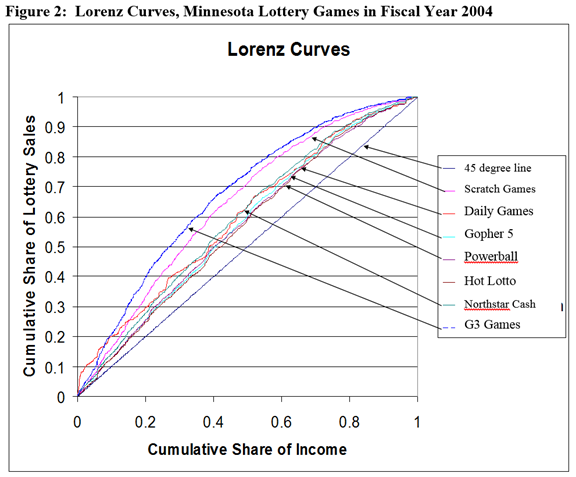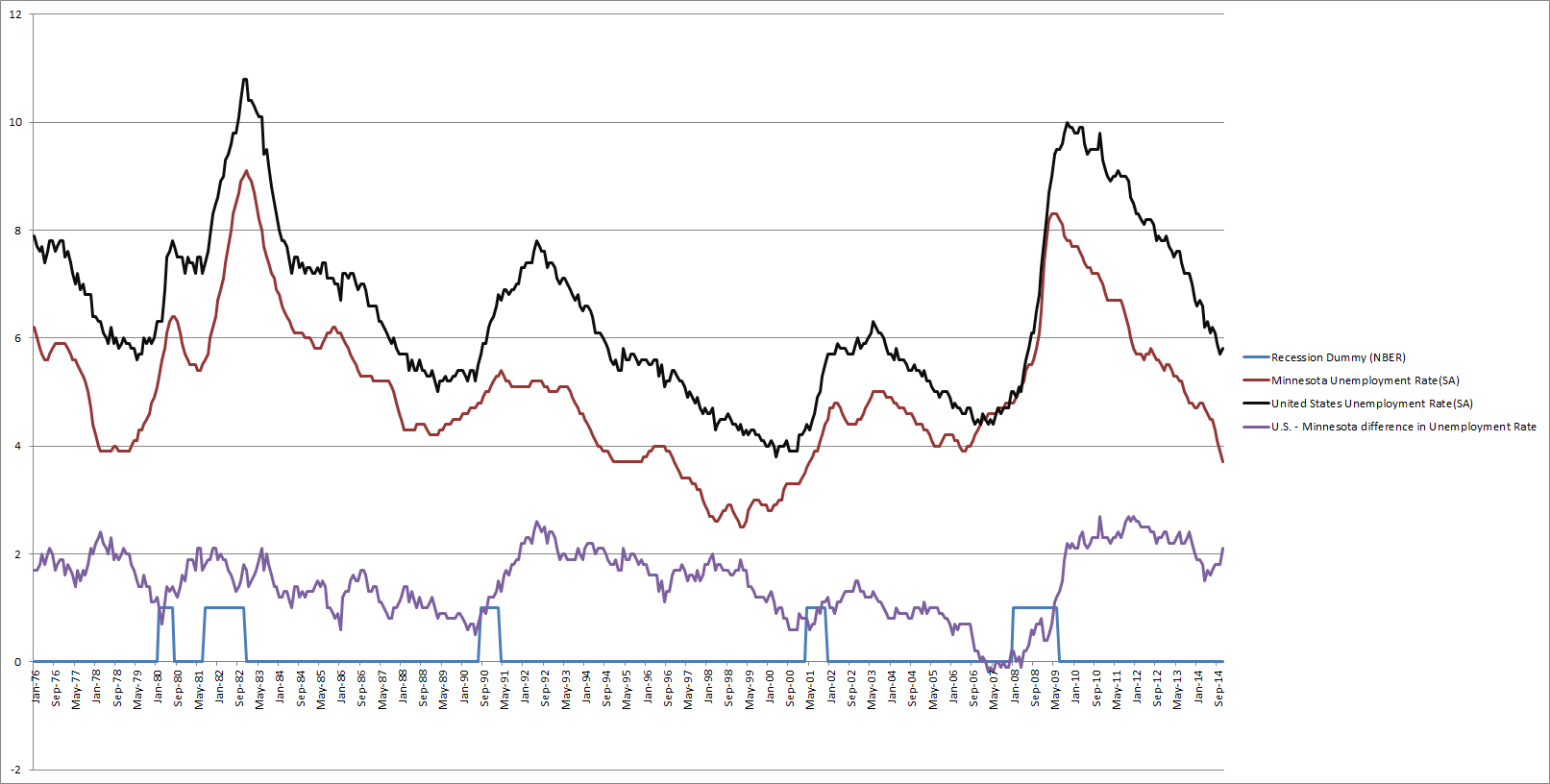By John A. Spry
St. Paul Pioneer Press (MN) – June 20, 2014
Medtronic’s announcement that it will move its official headquarters to Ireland provides a lesson in how America’s broken tax code hurts Minnesota workers by denying them good jobs purely for tax reasons.
Medtronic has promised to invest over $10 billion in the United States and create at least 1,000 new jobs in Minnesota after it merges with Dublin-based Covidien. Medtronic will be able to re-invest money earned outside the U.S. here without additional tax payments only if the newly merged firm is domiciled in Ireland instead of the U.S.
These investments could have already been made here and we could already have these jobs in Minnesota if our tax code wasn’t written to punish investments in America.
If Medtronic had used earnings from abroad to finance new job-creating investments in the United States, the U.S. corporate income tax on these repatriated earnings would have made these investments cost-prohibitive.
The irony, already noted by many observers, is that Medtronic had to engineer the Covidien deal in order to move its official headquarters to Ireland. The combined Irish medical-device firm will be able to make new job-creating American investments with cash earned around the world. These are job-producing investments that Medtronic has been so far unable to make as an American firm because of our broken tax code.
However, it would be unlikely that we would we see the promised new investment and more than 1,000 promised new jobs here if Congress passes legislation sponsored by U.S. Sens. Amy Klobuchar and Al Franken of Minnesota. If their bill to limit merged companies from locating their headquarters abroad passes, it would trigger language in the deal that could cancel the merger.
American businesses face a system of worldwide taxation, while most of the industrialized world uses territorial taxation.
Our corporations have to first pay corporate income tax in foreign countries where they operate. For example, an American firm has to pay the 22 percent Swedish corporate income tax on its Swedish income. Then when the American firm repatriates, or brings this money back home, it has to pay the 35 percent federal income tax rate and state corporate income taxes, while receiving credit for tax payments abroad. So an American firm faces an additional 13 percent repatriation tax.
In contrast, a Canadian firm operating in Sweden only pays the 22 percent Swedish tax rate on its Swedish income. It can then deploy its capital anywhere without any additional tax payments.
A worldwide system of taxation has several drawbacks.
First, it can result in a large pool of funds that are locked outside of the country to avoid repatriation taxes.
Secondly, it creates a significant competitive disadvantage for our firms operating in a system of worldwide taxation. They face a higher total tax rate than their competitors that only have to pay corporate income tax once in the country where they earned the income.
Finally, the complex system of worldwide taxation and credits for foreign tax payments increases accounting and tax-planning costs. Over $40 billion a year is wasted filing and auditing corporate tax forms. Our tax code wastes resources that could go toward productive, job-creating investments.
Our 41.4 percent combined-federal-plus-Minnesota statutory corporate income tax rate is 66 percent higher than the average rate in other industrialized nations. President Obama’s Job Council has noted that our uncompetitive corporate income tax hurts American workers through “reduced employment opportunities and lower wages.”
The Medtronic deal shows that companies do consider taxes when they make major investment decisions. Indeed, the President’s Job Council has observed, “In a global economy in which capital can move easily across borders, differences in corporate tax rates have a growing influence on where multinational companies decide to invest.”
Both Ireland and the United States collected 2.6 percent of their GDP in corporate income taxes in 2012. But Ireland used a 12.5 percent tax rate on a relatively larger tax base to collect the same share of their economy in corporate taxes as the U.S. collected with our much higher 35 percent federal tax rate.
Economists have suggested a variety of ways to move the U.S. toward the successful Irish corporate-tax model that seeks to raise revenue from a broad tax base at a lower tax rate. Yet proposals for corporate tax reform and a simpler, broader tax code with lower tax rates are going nowhere in Washington.
Why do we seem to be stuck with a broken tax code that wastes resources on costly paperwork and discourages investment in America?
I believe economists have failed to effectively explain that only people feel the burden of taxes, not corporations. After all, a corporation is simply a tool that connects people such as investors, workers, and customers through contracts.
A corporation can be made to collect taxes from its workers, customers, and investors. But the corporation itself never feels the burden of taxation.
Too many politicians and journalists talk about businesses paying taxes as if businesses were real, live breathing people that feel the pain of paying taxes. For example, Gov. Mark Dayton talks about making businesses pay their fair share. He erroneously claims that he hasn’t raised income taxes on low-income and middle-class Minnesotans. But both Gov. Dayton and the Statehouse press corps have ignored the Minnesota Department of Revenue analysis that concluded that the 2013 Minnesota corporate income tax hikes were regressive and lowered wages for Minnesota workers, raised prices for Minnesota consumers, and lowered returns to investors in Minnesota.
It may be impossible to pass pro-growth tax reform while politicians and journalists create the erroneous perception that taxes collected by corporations are not paid by real flesh-and-blood people. Proposals to lower tax rates on job-creating investments are too often attacked as favoring corporations instead of people.
Hopefully, the Medtronic news will spur politicians, journalists, and citizens to scrutinize our broken corporate tax code without ignoring the reality that corporate taxes are taxes on you and me.
John Spry of St. Paul is an associate professor in the Department of Finance at the University of St. Thomas. He’s on Twitter at @JohnASpry.

